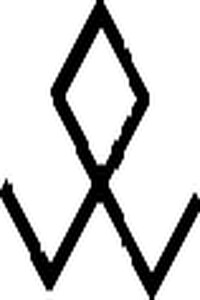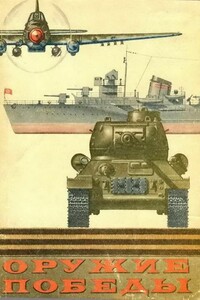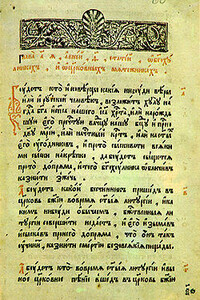МППСС-72. Международные правила предупреждения столкновения судов в море. 1972 - страница 14
Суда, занятые буксировкой и толканием
(a) Судно с механическим двигателем, занятое буксировкой, должно выставлять:
(i) вместо огня, предписанного Правилом 23 (a) (i) или (а) (И), два топовых огня>9, расположенные по вертикальной линии. Если длина буксира, измеренная от кормы буксирующего судна до кормы буксируемого, превышает 200 м — три таких огня;
(ii) бортовые огни;
(Ш) кормовой огонь;
(iv) буксировочный огонь, расположенный по вертикальной линии над кормовым огнем;
(v) ромбовидный знак на наиболее видном месте, если длина буксира превышает 200 м.
(b) Если толкающее судно и судно, толкаемое вперед, жестко соединены в сочлененное судно, они должны рассматриваться как судно с механическим двигателем и выставлять огни, предписанные Правилом 23.
(c) Судно с механическим двигателем, толкающее вперед или буксирующее лагом другое судно, должно, если оно не является частью сочлененного судна, выставлять:
(i) вместо огня, предписанного Правилом 23 (a) (i) или (а) (И), два топовых огня >9, расположенные по вертикальной линии;
(ii) бортовые огни;
(ш) кормовой огонь.
(d) Судно с механическим двигателем, к которому применяются пункты (а) или (с) этого Правила, должно также соблюдать Правило 23 (a) (ii).
(e) Буксируемое судно или буксируемый объект, кроме указанных в пункте (g) этого Правила, должны выставлять:
(i) бортовые огни;
(ii) кормовой огонь;
(Ш) ромбовидный знак на наиболее видном месте, если длина буксира превышает 200 м. >9
(!) Любое количество буксируемых лагом или толкаемых судов в группе должно быть освещено как одно судно:
(i) судно, толкаемое вперед, если оно не является частью сочлененного судна, должно выставлять в передней части бортовые огни;
(ii) судно, буксируемое лагом, должно выставлять кормовой огонь и в передней части — бортовые огни.
(g; An inconspicuous, partly submerged vessel or object, or combination of such vessels or objects being towed, shall exhibit:
(i) if it is less than 25 metres in breadth, one all-round white light at or near the forward end and one at or near the after end except .that dracones need not exhibit a light at or near the forward end;
(ii) if it is 25 metres or more in breadth, two additional all-round white lights at or near the extremities of its breadth;
(iii) if it exceeds 100 metres in length, additional all-round white lights between the lights prescribed in sub-paragraphs (i) and (ii) so that the distance between the lights shall not exceed 100 metres;
(iv) a diamond shape at or near the aftermost extremity of the last vessel or object being towed and if the length of the tow exceeds 200 metres an additional diamond shape where it can best be seen and located as far forward as is practicable.
(h) Where from any sufficient cause it is impracticable for a vessel or object being towed to exhibit the lights or shapes prescribed in paragraph (e) or (g) of this Rule, all possible measures shall be taken to light the vessel or object towed or at least to indicate the presence of such vessel or object.
(i) Where from any sufficient cause it is impracticable for a vessel not normally engaged in towing operations to display the lights prescribed in paragraph (a) or (c) of this Rule, such vessel shall not be required to exhibit those lights when engaged in towing another vessel in distress or otherwise in need of assistance. All possible measures shall be taken to indicate the nature of the relationship between the towing vessel and the vessel being towed as authorized by Rule 36, in particular by illuminating the towline.
Rule 25
Sailing Vessels underway and Vessels under Oars
(a) A sailing vessel underway shall exhibit:
(i) sidelights;
(ii) a sternli^ht.
(b) In a sailing vessel of less than 20 metres in length the lights prescribed in paragraph (a) of this Rule may be combined in one lantern carried at or near the top of the mast where it can best be seen.
(c) A sailing vessel underway may, in addition to the lights prescribed in paragraph (a) of this Rule, exhibit at or near the top of the mast, where they can best be seen, two all-round lights in a vertical line, the upper being red and the lower green, but these lights shall not be exhibited in conjunction with the combined lantern permitted by paragraph (b) of this Rule.





